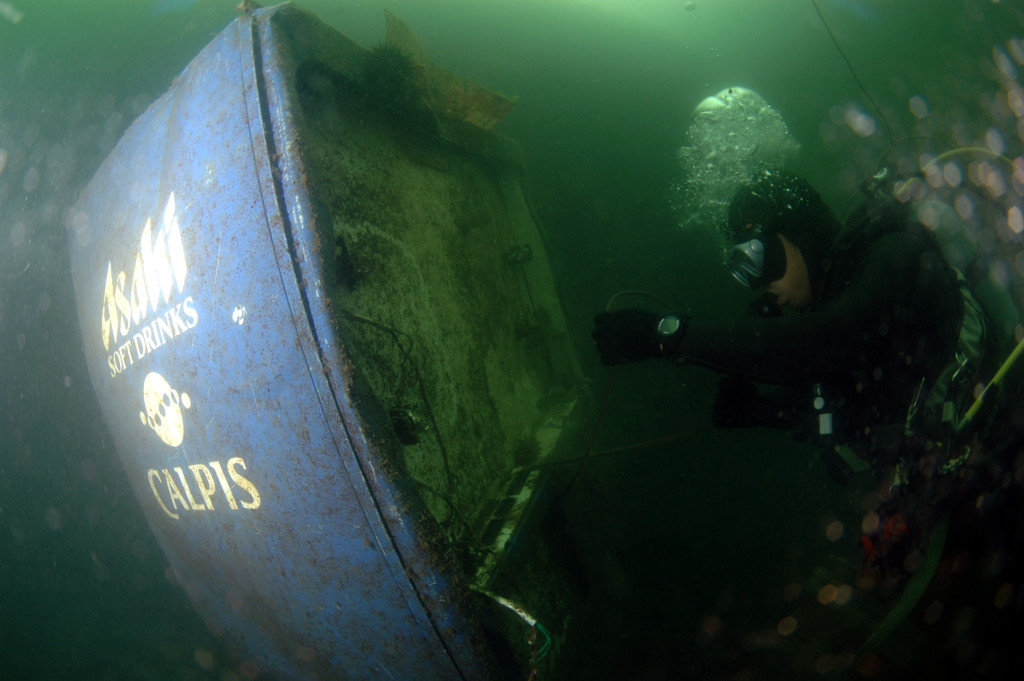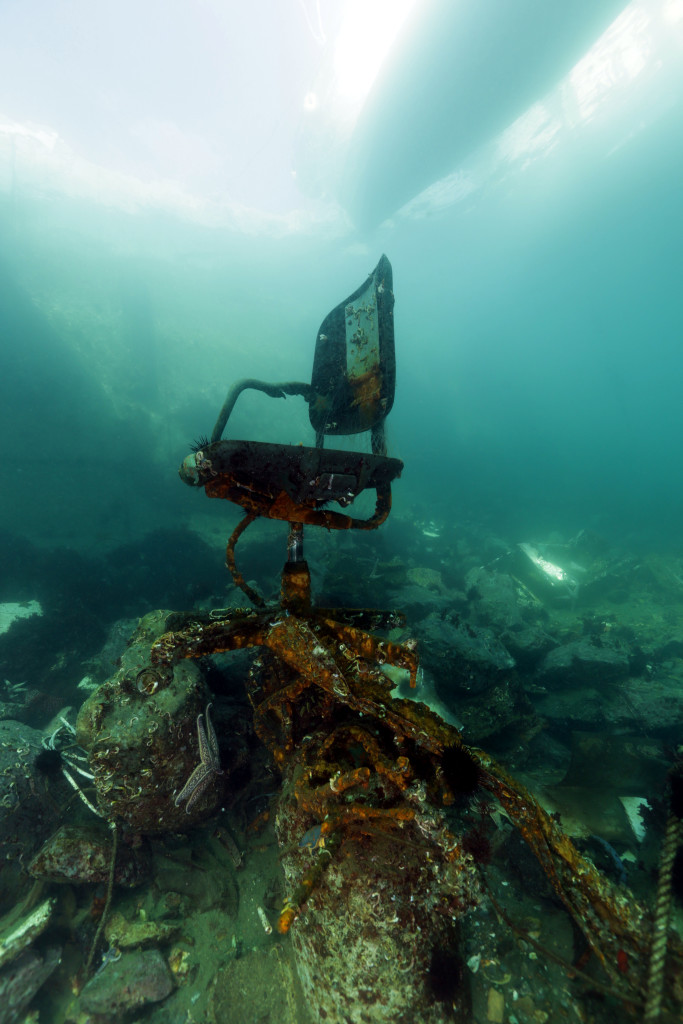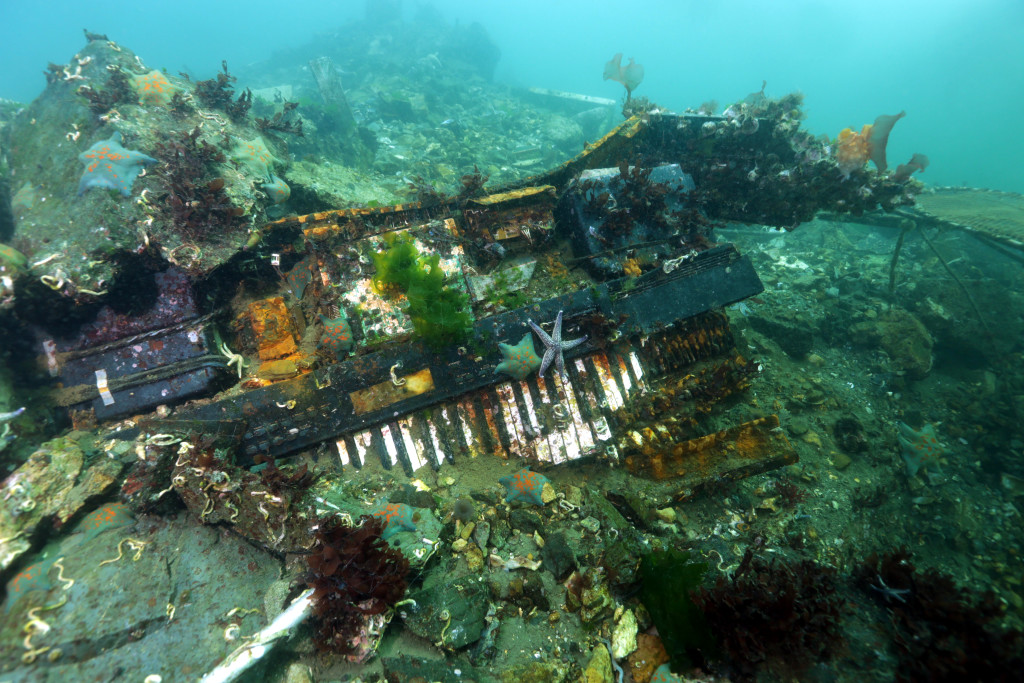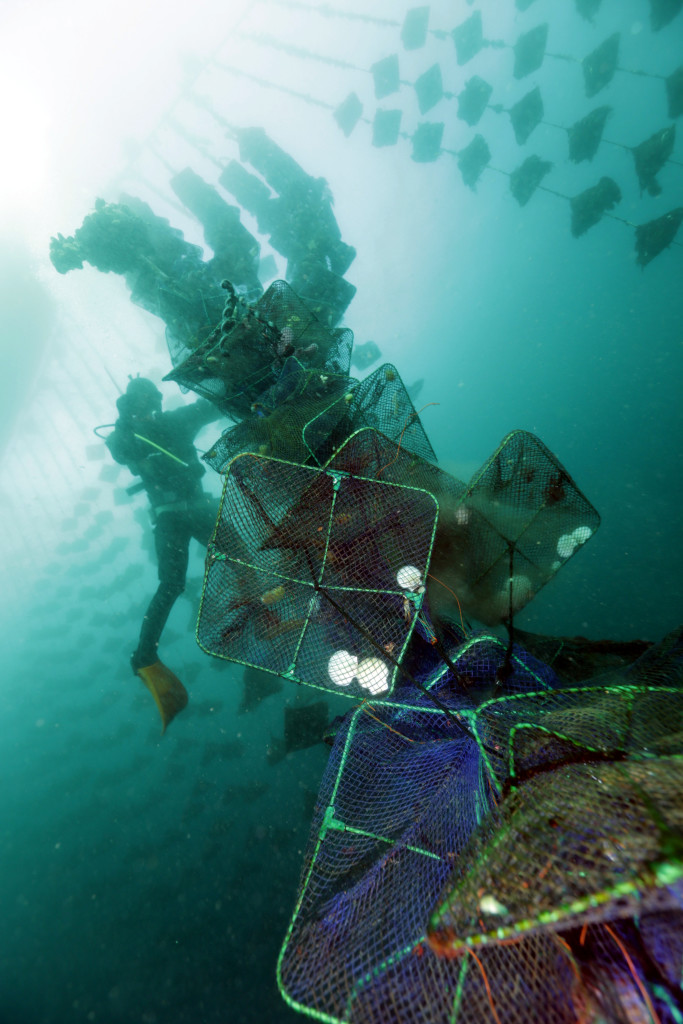For many of us, scuba diving offers a chance to relax and marvel at the marine life. But, as I found in Japan, diving can offer a lot more — a chance to help out after a natural disaster and make a difference in a community through scuba diving voluntourism.
Scuba Diving Voluntourism in Japan
Sanriku Volunteer Divers
In my case, volunteering as a diver came about unexpectedly after the March 11th, 2011 earthquake and tsunami in Japan’s Tohoku region. The tsunami had a devastating impact on the area, so I looked for ways to help. That’s when I discovered Sanriku Volunteer Divers.
A few months after the tsunami, I boarded a bus from Tokyo and headed to the affected region. There I met a group of divers from across Japan, who had been helping local fishermen get back on track and pull debris from the water since the earthquake and tsunami struck. Diver Hiroshi Sato comes from Tohoku, and established Sanriku Volunteer Divers upon returning home from Thailand where he was working as a dive guide. Thinking he could help recover debris that had been washed out to sea, he organized an underwater clean up. As word spread, more and more people came to help out.
Since then, the divers have been in the water almost every day since the disaster. Volunteers from across Japan continue to get involved. The diving, however, is not recreational. Those who wish to help must have a good deal of experience and a rescue certification at the very least. Divers are often underwater alone and must be 100 percent comfortable with their equipment. Poor visibility and other possible difficulties or dangers can arise, such as getting tangled up in ropes or fishing nets. Divers usually work at a depth of around 20 to 33 feet (6-10 m) and constantly ascend to help lift the rubble. They must also explain to those on land what lies below, what might be tricky to remove, and whether specialized equipment is required. Constant ascending and descending means that good ear-clearing skills are also a must.
Non-divers need not despair, however. There’s plenty of work to do on land. Volunteers can sort the debris that divers bring to shore. Volunteers on land can also pair up with a diver, who descends holding one end of a rope while the volunteer holds the other. The volunteer waits for a signal (usually a few tugs) from below and helps pull out debris. This could be anything from fishing nets to tree branches, to plastic bags and car tires. There’s also a chance to help on the boats. These remove bigger items, such as tree trunks or cars. Someone must make sure the area is clear of anything that might get in the way. You might need to clean the boat’s surface, and of course someone must haul the debris on board.
In the more than five years since the disaster, underwater cleanup crews have made much progress. Fun dives are now available. Divers can observe sea squirts, kelp and the general underwater vegetation of a more temperate region of Japan. Sanriku Volunteer Divers is also conducts underwater surveys and cultivates sea urchins and scallops. They also visit local schools and some of Japan’s bigger cities such as Osaka and Tokyo to spread the word. In the future, the organization will expand the scope of its work, helping out in areas further afield.
In 2014 I worked with Hiroshi Sato again. He told me that it’s even more vital to show gratitude to the volunteers than to spread the word about the group’s activities. According to one local fisherman, “We have been through so much because of the disaster, but there have been joyous occasions too, in particular the sheer number of people who have come from all across Japan, and indeed abroad. We owe them a great deal of thanks.”
Read more about my time volunteering with the group in 2011 here.





